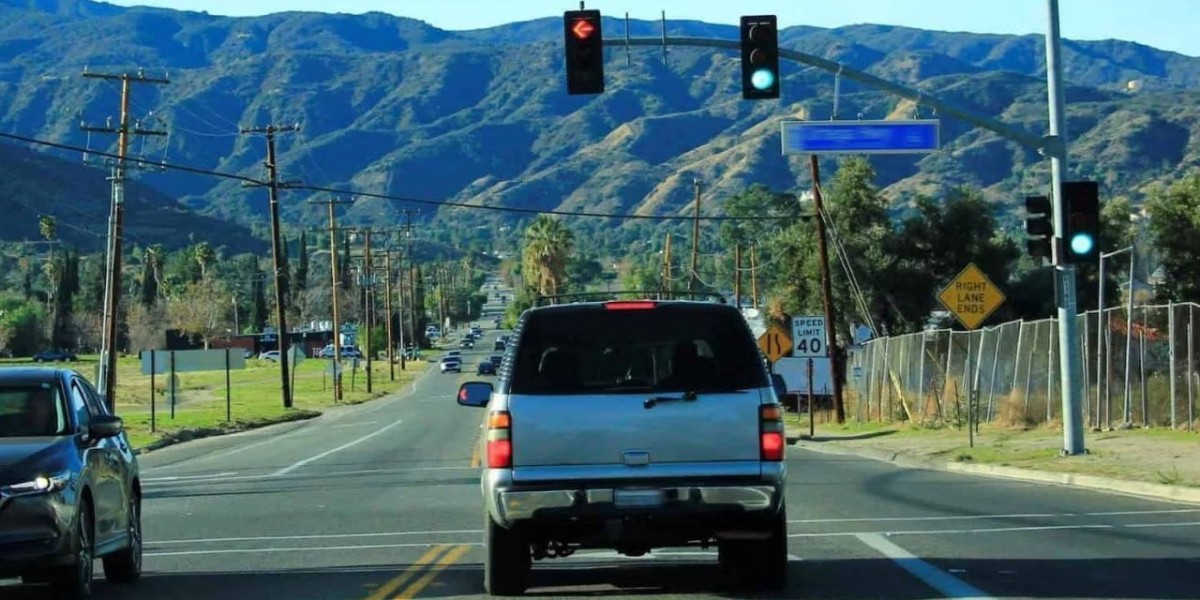Traffic signals are essential tools designed to facilitate safe and efficient movement on our roads. They serve to manage vehicle and pedestrian traffic, and understanding how to react to them is crucial for preventing accidents.
This blog will provide an overview of the types of traffic signals, their significance in accident prevention, and what actions to take, especially when you encounter a flashing yellow traffic signal at the next intersection.
Types of Traffic Signals and Their Functions
Traffic signals come in various forms, each serving specific purposes. Here are the most common types:
Red Signals: Indicating that vehicles must stop, red signals are critical for controlling traffic at intersections. They prevent collisions by ensuring vehicles yield to cross traffic.
Green Signals: A green light allows vehicles to proceed. However, drivers must remain vigilant, as pedestrians may be crossing or other vehicles might not adhere to the signal.
Yellow Signals: A yellow signal warns drivers that the light is about to change to red. This signal prompts drivers to slow down and prepare to stop, preventing sudden stops and potential rear-end collisions.
Flashing Signals: Flashing signals, particularly yellow ones, alert drivers to exercise caution. Understanding how to respond to these signals is vital for safety.
What to Do When You See a Flashing Yellow Traffic Signal?
So, what should you do when you see a flashing yellow traffic signal at the next intersection? Here’s how to handle it effectively:
Reduce Speed: When approaching a flashing yellow signal, the first step is to slow down. This action allows you to assess the intersection ahead and react appropriately to any hazards.
Assess Your Surroundings: Look for pedestrians crossing or about to cross the road. Check for other vehicles, especially those that may be turning or entering the intersection.
Proceed with Caution: If the way is clear, you can move through the intersection, but stay alert. Unexpected situations, like pedestrians stepping into the road or other vehicles acting unpredictably, can arise at any moment.
The Role of Traffic Signals in Accident Prevention
Traffic signals are crucial in reducing the risk of accidents on the road. Here’s how they help:
Guidance for Drivers: Signals provide clear instructions, helping drivers make informed decisions. They reduce confusion at intersections and ensure smoother traffic flow.
Protecting Pedestrians: Signals indicate safe crossing times for pedestrians, minimizing the chances of accidents involving walkers.
Reducing Speeding: Traffic signals encourage drivers to maintain safe speeds, especially as they approach intersections, decreasing the likelihood of collisions.
Safe Driving Practices at Intersections
To further enhance safety at intersections, consider these essential driving practices:
Follow Traffic Laws: Always obey traffic signals and signs. Ignoring these regulations can lead to dangerous situations for yourself and others.
Stay Focused: Avoid distractions such as mobile devices while driving. Concentration is key, especially in busy urban areas where multiple factors can affect traffic flow.
Use Turn Signals: Properly signaling your intentions when turning or changing lanes is crucial. This practice helps communicate with other drivers and reduces the risk of misunderstandings.
Maintain a Safe Following Distance: Keeping a safe distance from the vehicle in front allows for ample reaction time if they suddenly stop.
Be Aware of Blind Spots: Check your mirrors and blind spots before making maneuvers. Other vehicles or pedestrians can be in your path unexpectedly.
Conclusion
Traffic signals play an indispensable role in maintaining order and safety on our roads. By understanding their function and knowing how to respond to different signals—especially flashing yellow lights—you can contribute to safer driving conditions for everyone.
Remember to slow down, assess your surroundings, and proceed with caution when encountering traffic signals. Practicing these principles will enhance your driving safety and help prevent accidents on the road. Stay alert and drive responsibly!










